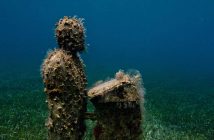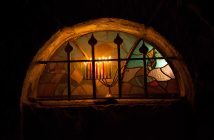Panama, with its geographical characteristics and spectacular climate, boasts a wealth of flora and fauna. Its biodiversity makes it one of the best places in the world for birdwatching. Here, we share four reasons to pursue your hobby in Panama.
- Panama has close to 970 species of birds, making it one of the countries with the most bird species to see in the world and as it’s a relatively small country, the concentration of birds is greater and with more exotic species than in other areas. More than a third of the land in Panama has been set aside for conservations and is protected by natural parks or other reserves such as Darien National Prak, Chagres National Park, Metropolitan National Park, Camino de Achiote and Soberania National Park. One of the hotspots for birdwatching, especially in the north of the country, is the famous Camino de Oleoducto (Pipeline Road).
- The wide range of habitats this small country has (two different coasts, the Pacific Ocean and the Caribbean Sea as well as rivers that flow through the mountains) allows you to choose from marine, rainforest, migratory or endemic species.
- You can opt for easily accessible sites that are perfect for casual ramblers like the Panama Canal Basin near the capital or the Camino del Oleoducto, a world-renowned spot for bird watchers given that it has obtained the world record for the number of bird species spotted in a 24-hour period. Or alternatively, places that are harder to access such as the area around the La Amistad National Park or the Volcan Baru National Park. Panama has the infrastructure to shelter and guide all types of adventurers.
- The majestic and rare harpy eagle is the national symbol of Panama. Its wingspan can measure up to 2.24m and can be found in mountainous regions of the Panamanian Caribbean where there are still large areas of forest land. As a result of logging and hunting, its habitat has been destroyed, and the harpy eagle is now considered an endangered species. Although difficult to spot, it can still be seen in the wild in three protected area: Darien National Park, Chagres National Park, Palo Seco Forest Reserve and in the Kuna Yala province. The search can be tough but also incredibly rewarding.






